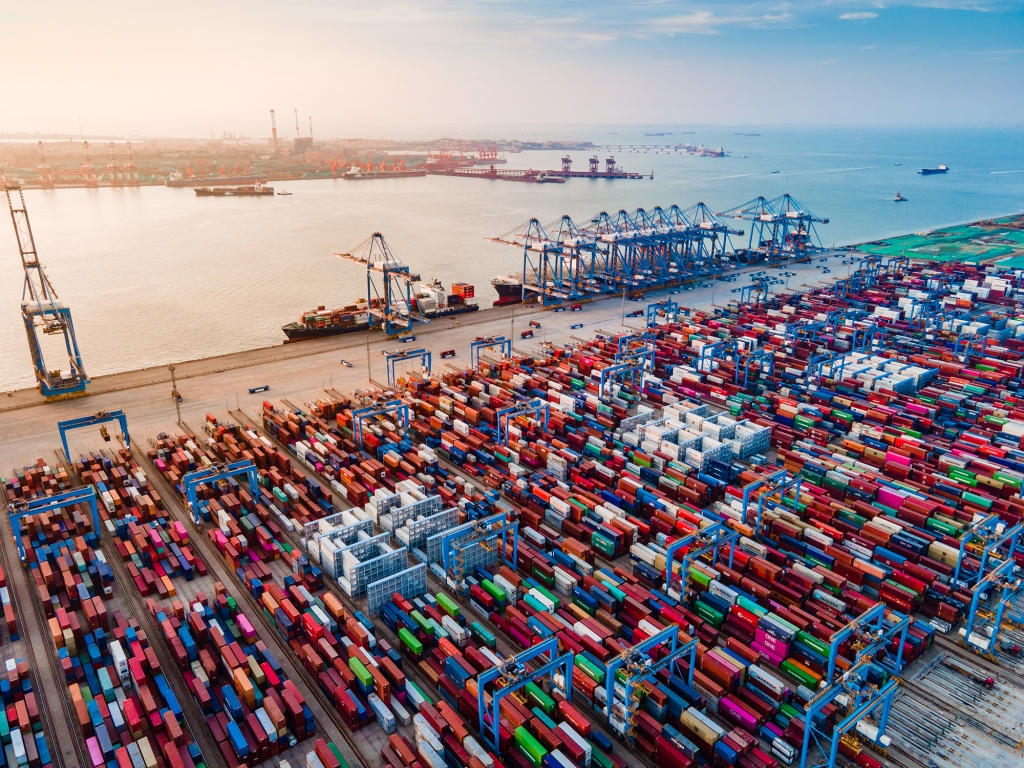| Voice |
| RCEP: A Foothold for Southeast Asian enterprises to reach the world stage | |
|
|
|
On January 1, 2022, the Regional Comprehensive Economic Partnership (RCEP) will enter into force. The world’s largest trade agreement will not only bring huge benefits to the member states and boost the sluggish world economy struggling with COVID-19, but will also safeguard the free and open trade system.  Multiplying Effect with Win-Win Results The Southeast Asian, Chinese, and Japanese markets have already become interdependent, with Southeast Asian countries maintaining close trade and investment relations with Japan while China acting as the manufacturing center of Asia. The RCEP and the substantial tariff reduction will facilitate international division of labor. To be more specific, many enterprises have chosen to complete final production in Japan, China, and South Korea while having spare parts made in Southeast Asian countries. A drop in transnational supply costs alone will bring great benefits to the companies of member states that invest in the Southeast Asian market. At the same time, Southeast Asian enterprises can make full use of spare parts and materials produced by investing enterprises. Although Southeast Asian countries have already become accustomed to smaller economic circles within the region, the RCEP will bring more opportunities for Southeast Asian enterprises to integrate their development with Japan, China, and South Korea. Alongside opportunities, some enterprises will be faced with fiercer competition. However, from a long-term perspective, less competitive enterprises will not survive, while competitive enterprises that have survived will find broader space for development. The RCEP will become a take-off platform for ASEAN enterprises to integrate with Asia and the world. Growth of enterprises in Southeast Asian countries will help improve the overall income level and technology level in the region, and as a result, consumers are able to buy high value-added goods and the enterprises will increasingly embrace high-tech. Meanwhile, the rapid growth of consumers and enterprises in Southeast Asia also represents a huge business opportunity for Japan, China, and South Korea, leading producers of goods and technologies in Asia. The RCEP will produce a multiplying effect with win-win results for Japan, China, South Korea, and Southeast Asian countries. The Chinese economy has the strongest growth momentum in the world today, but Southeast Asia is expected to be the next major driver of economic growth. Southeast Asia has a large population and a good foundation for economic development. A look back at the history of Asia’s economic development clearly shows the trajectory of Japan and South Korea taking the lead before China caught up. Now is the time for Southeast Asian countries to catch up. Southeast Asia will become the center of world economic growth in the next 10 to 20 years. As the platform for Southeast Asia’s economic take-off, the RCEP is highly significant for the world economy. Toward Higher-Level Economic Agreements Alongside its influence on the world economy, the RCEP is also highly significant in terms of maintaining a free and open trade system. Recent reform of the World Trade Organization (WTO) has faced myriad problems. Changes have taken a long time and been meager, mostly due to the negative attitude of the United States. In such circumstances, the Comprehensive and Progressive Agreement for Trans-Pacific Partnership (CPTPP), a free trade agreement hailed for its high standards, could play a key role in solving the current problems of sluggish WTO reform. In particular, China has already filed applications to join the CPTPP, South Korea will also do so in a few months, and the United Kingdom has started negotiations on its accession. In the future, if China and South Korea meet the bar required for CPTPP accession and the European Union also join the agreement after the United Kingdom, CPTPP will cover areas beyond the Pacific Rim region. It is very likely to be an ideal post-WTO world trade organization. The RCEP is indeed an important step towards the ideal situation. The RECP is not as demanding as the CPTPP in depth and breadth. For Southeast Asian countries, the requirement of the RCEP is a height that they can reach with minimal effort. The lower requirements of the RCEP have made it easier for more developing countries to join the agreement. It will exert pressure on acceding states to promote domestic reform and keep up with higher standards. Perhaps we can expect integration between the RCEP and the CPTPP, which would inject positive energy into a sustained free and open trade system. The author is a Chinese economy expert and research director at the Canon Institute for Global Studies. |
|
||||||||||||||||||||||||||||
|